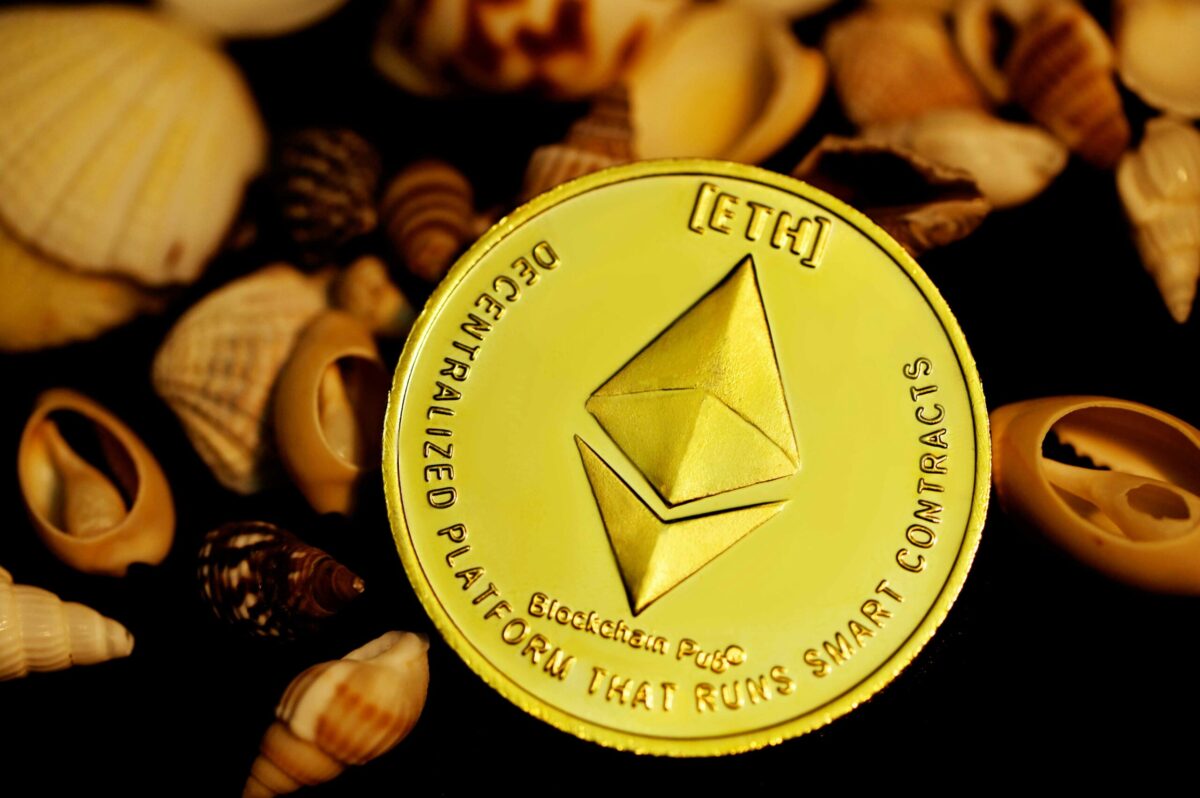Tether, the world’s largest stablecoin provider, has introduced a new tool called the Wallet Development Kit (WDK) designed to make it easier to create non-custodial Bitcoin and USDt wallets.
Released on 11 November 2024, this new toolkit aims to simplify the integration of secure, self-controlled wallets into websites, apps, and devices.
This move marks a step forward in the adoption of decentralised financial tools, which enable people to manage their own digital assets independently.
The WDK is an open-source toolkit, meaning developers around the world can access, modify, and improve upon it freely.
Tether hopes that by making the WDK open-source, it will encourage developers to build easy-to-use, self-custodial wallets that don’t require a third-party, like a bank, to manage funds.
This type of tool could benefit a wide range of users, from regular individuals to autonomous digital entities like AI systems or robots, giving them a safe way to handle digital assets on their own.
A new way to store digital assets
The WDK’s main feature is its support for self-custodial wallets. In simple terms, self-custodial wallets give users full control over their own funds.
Unlike traditional wallets managed by banks or financial institutions, self-custodial wallets store funds in a way that only the user can access.
This approach is similar to keeping cash in a personal safe instead of depositing it in a bank account, where a third party oversees the money.
According to Tether, this form of storage empowers users by allowing them to protect their own assets. Tether’s CEO, Paolo Ardoino, explained that with the WDK, users won’t need to trust outside companies to manage their money.
Instead, they can secure their assets independently, which could help promote greater financial independence and security.
In addition, by making the WDK available to both people and digital systems, Tether hopes to expand who – or what – can manage digital money.
The WDK’s open-source nature allows developers everywhere to create wallets that are both secure and simple to use, potentially leading to a future where a variety of users, from people to digital entities like AI and robots, can store and manage funds on their own.
Focus on adaptable, resilient technology
Paolo Ardoino explained that the WDK is not only flexible but also designed to withstand changing demands in the tech and finance worlds.
“With the launch of WDK by Tether” he said, “we’re giving developers and businesses the tools they need to seamlessly integrate USDt and Bitcoin into their applications”.
Ardoino described this as part of a shift toward “financial resilience”, where people can rely more on digital assets and have more control over their finances.
The WDK supports multiple blockchain networks compatible with Tether’s stablecoins. This means it’s ready to work with different digital currencies across different systems, making it highly adaptable.
Tether also plans to add user interface (UI) templates to the kit, allowing developers to build non-custodial wallets for almost any platform more quickly.
The WDK’s modular structure and scalability allow it to work with various technologies, including AI-driven innovations, ensuring it remains useful in the future as technology continues to advance.
The WDK’s potential was previewed at the Lugano Plan B event, where Tether showcased its security measures, which include using peer-to-peer (P2P) technology to secure data.
Ardoino added that the WDK’s components are specifically designed for easy integration, allowing developers to use Tether’s tested technology to create secure, flexible financial applications.
Flexible tool for multiple platforms and industries
The WDK’s adaptable design allows developers to integrate wallet functionalities across different industries easily.
Its modular structure enables developers to implement wallet features without needing extensive resources, helping industries from finance to gaming to incorporate digital wallets efficiently.
The WDK also comes with templates for user interfaces, so developers can save time and reduce development costs.
One of the WDK’s major advantages is its compatibility with a wide range of systems, including mobile devices, laptops, embedded systems, and websites.
This versatility ensures developers can design applications that meet different user needs, whether they are everyday users or AI agents.
As financial markets increasingly adopt decentralised technology, the WDK is positioned to support non-custodial, flexible financial solutions.
Tether’s commitment to security also extends beyond technology. In a recent case, Tether worked with Canadian law enforcement to recover stolen digital assets, underlining its dedication to security in the cryptocurrency industry.
This collaboration highlights Tether’s commitment not only to advancing cryptocurrency adoption but also to promoting its safe and responsible use.
Tether’s WDK is expected to play a significant role in the growth of decentralised finance, offering a self-custodial and flexible solution for users and developers worldwide.


